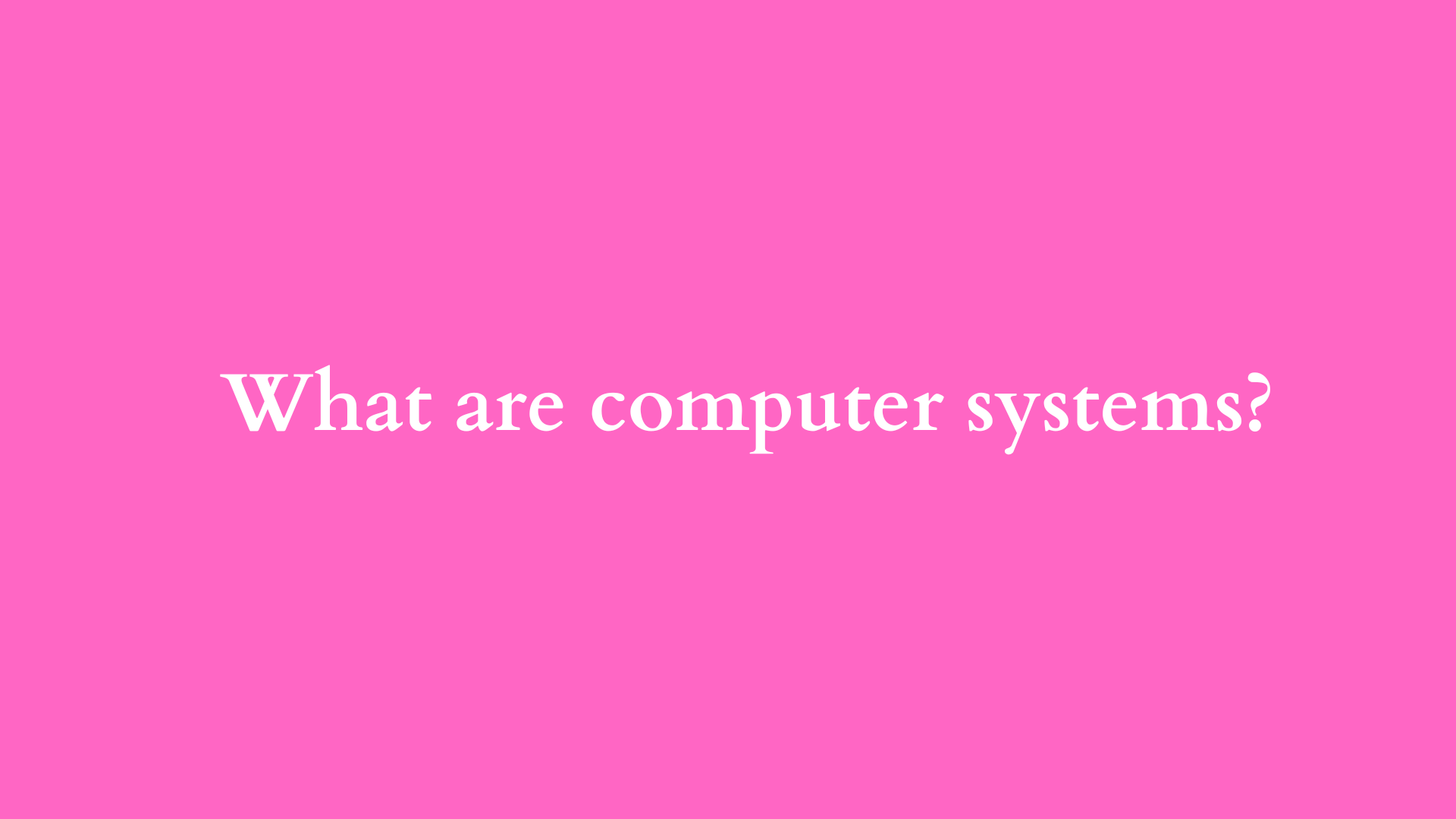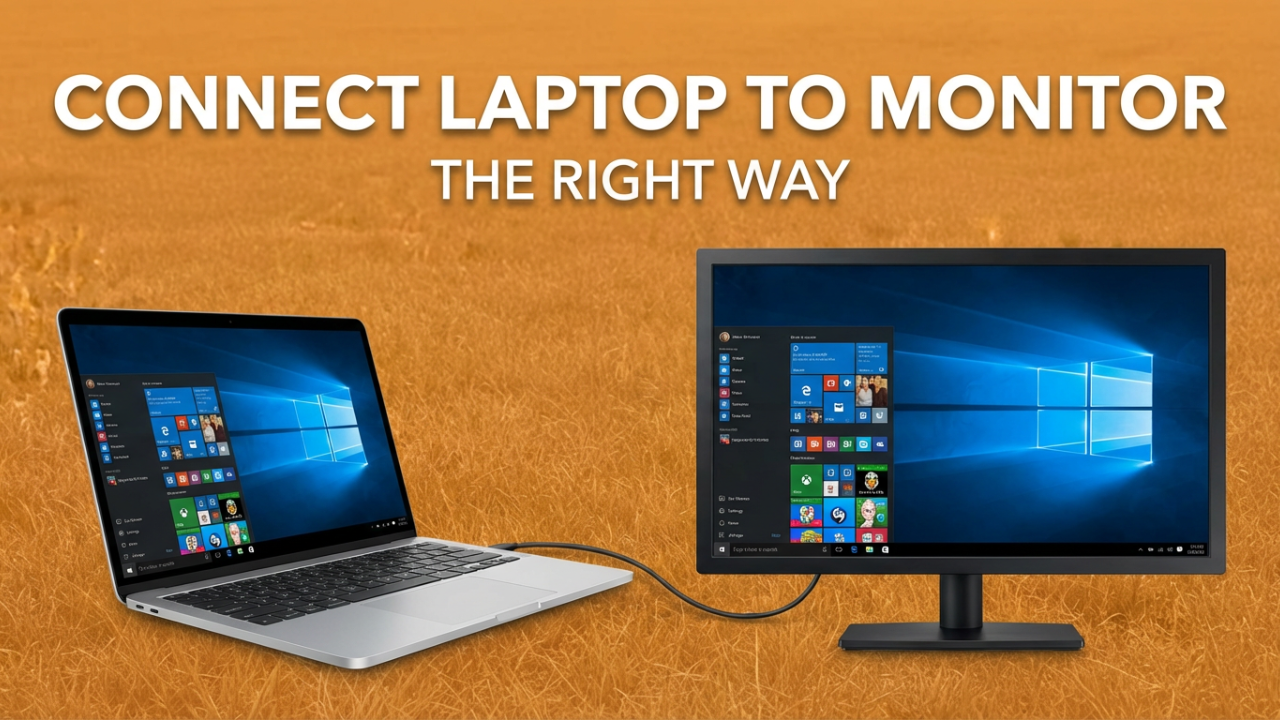Understanding Computer Systems: An In-Depth Analysis
In our increasingly digital world, the concept of computer systems is fundamental to numerous aspects of our daily lives. From the smartphones we carry to the powerful servers that run modern data centers, computer systems form the backbone of technological advancement and connectivity. This blog post aims to demystify what computer systems are, their components, functionalities, and their critical importance in today’s society.

Defining Computer Systems
At its core, a computer system is an integrated set of components designed to process, store, and present information. These systems perform a wide range of tasks by processing data in accordance with sets of instructions, or software. It is important to highlight that a computer system can refer to anything from a single personal computer to a global network of interconnected servers.
Components of Computer Systems
Understanding computer systems involves dissecting their core components. Typically, they can be categorized into hardware and software.
1. Hardware
Hardware refers to the physical components of a computer system. These are tangible devices that you can physically interact with, and they include:
- Central Processing Unit (CPU): Often regarded as the “brain” of the computer, the CPU executes commands from the software, performing calculations, and managing data flows.
- Memory (RAM and ROM): Random Access Memory (RAM) temporarily stores data and instructions that the CPU needs while performing tasks. Read-Only Memory (ROM), on the other hand, is non-volatile and stores critical instructions that are required to boot the computer.
- Storage Devices: This includes Hard Disk Drives (HDD), Solid State Drives (SSD), and other storage technologies that retain data long-term. They store both the operating system (OS) and user data.
- Input Devices: These are peripherals that allow users to interact with the computer. Common input devices include keyboards, mice, and touch screens.
- Output Devices: Output devices present processed data to users. Examples include monitors, printers, and speakers.
- Motherboard: The motherboard is the main circuit board that connects and communicates between the various components of the computer, allowing them to work together seamlessly.
2. Software
Software comprises the programs and applications that instruct the hardware on how to perform tasks. Software can be further classified into:
- System Software: This includes the operating system (e.g., Windows, macOS, Linux) which manages hardware resources and provides a foundation for application software to run.
- Application Software: These are programs designed for end-users to perform specific tasks, such as word processors, web browsers, and database management systems.
- Middleware: This software falls between the operating system and applications, enabling communication and data management in distributed systems.
Types of Computer Systems
Computer systems come in various forms, each tailored to meet specific needs:
- Personal Computer (PC): Common in homes and offices, PCs are versatile systems for individual users to perform general tasks such as word processing, web browsing, and gaming.
- Workstations: These high-performance systems provide enhanced computing capabilities for technical or scientific applications, often used in fields such as graphic design, video editing, and complex simulations.
- Servers: Servers are optimized to manage network resources and provide services to other computers. They typically handle requests over a network, offering data storage, application hosting, or web services.
- Mainframes: These large, powerful systems are designed for bulk data processing and crucial tasks within organizations, dealing with vast quantities of data and transactions.
- Embedded Systems: Found in various devices like cars, appliances, and industrial machines, embedded systems are specialized computer systems that perform dedicated functions within larger mechanical systems.
The Functionality of Computer Systems
Computer systems operate on a simple principle: input, processing, output, and storage (IPOS). Users input data through various devices, the computer processes this data using the CPU and memory, and it outputs the results to users through output devices. The processed data can be stored for future use or transmitted over networks, facilitating communication and data sharing.
The power of computer systems goes beyond simple calculations. They enable complex data analysis, graphical rendering, simulations, and automation – tasks that would be infeasible or exceedingly time-consuming if done manually.
Importance of Computer Systems in Modern Society
The significance of computer systems in our daily lives and across various industries is profound. Here are a few key areas where computer systems play a crucial role:
- Business Operations: Companies rely on computer systems for everything from payroll processing to customer relationship management (CRM). They facilitate e-commerce, streamline supply chains, and enhance decision-making through data analytics.
- Education: Educational institutions utilize computer systems to administer online learning platforms, facilitate research, and manage student data. With the rise of e-learning, computer systems have become vital in delivering educational content remotely.
- Healthcare: In the medical field, computer systems manage patient records, support diagnostic processes, and even control complex medical equipment. They enhance the efficiency of services and ensure that medical professionals have access to critical information.
- Science and Research: Computer systems are indispensable in scientific research, enabling simulations, conducting experiments, data analysis, and much more. They provide tools for researchers to model complex systems in fields such as climatology, physics, and genomics.
- Entertainment and Media: The entertainment industry heavily relies on computer systems for content creation, special effects in films, game development, and content distribution through digital platforms.
- Security and Surveillance: Computer systems enhance surveillance activities, enabling organizations to monitor environments for security and efficiently analyze data to prevent incidents.
Conclusion
In summary, computer systems are a cornerstone of modern civilization, touching every aspect of our lives and driving endless possibilities for innovation and development. As technological advancements continue to emerge, understanding the components, structures, and functionalities of these systems is essential for individuals and businesses alike. Through this knowledge, we harness the potential of computer systems not only to improve personal and professional productivity but also to pave the way for future innovations that will further shape our society.
As we look to the future, the importance of computer systems in driving efficiency, enhancing capabilities, and broadening horizons cannot be overstated. Embracing these systems is not just a matter of keeping pace with technology; it is a fundamental aspect of participating in the modern world.
Shop Now






